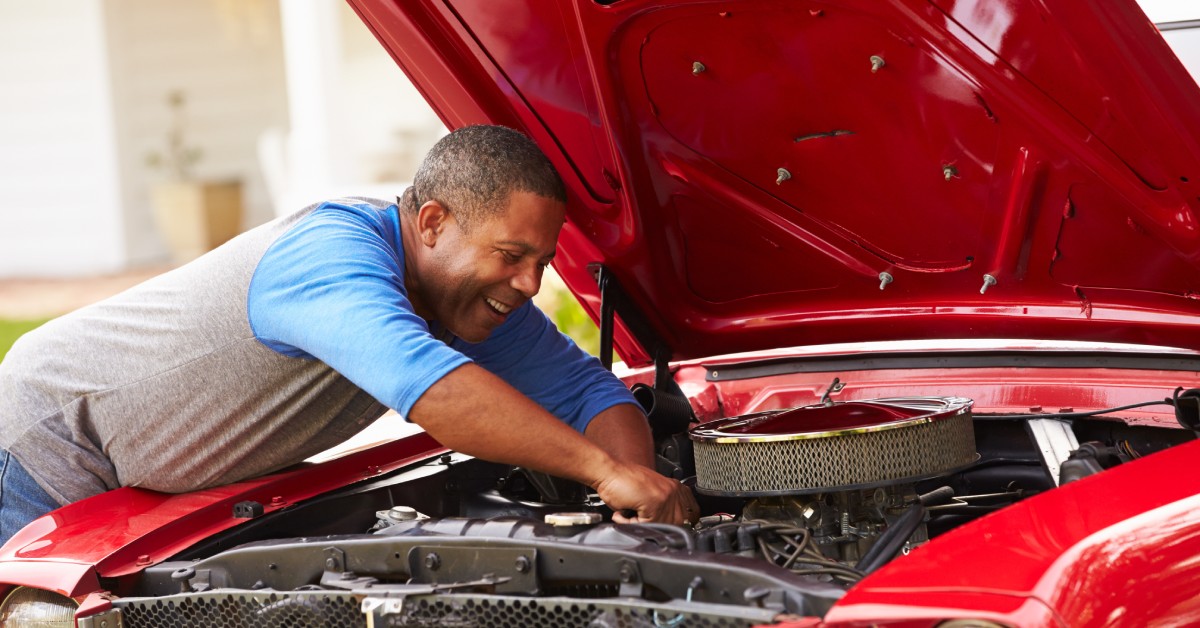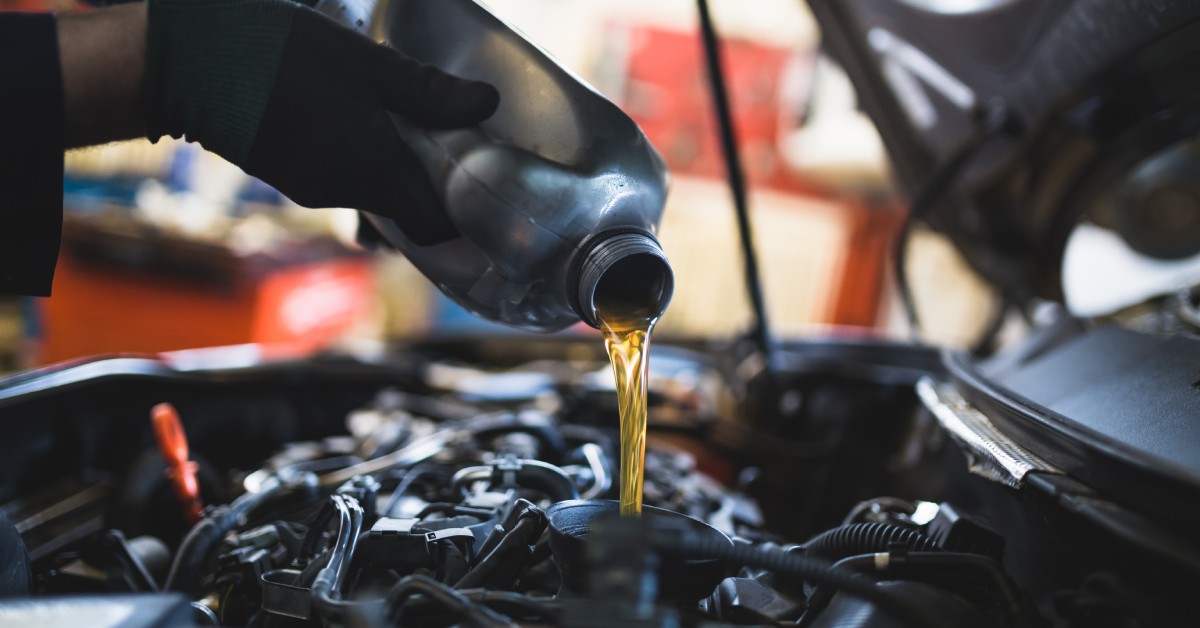15 Tips To Help You Break in Your New Engine

Getting your new classic car engine ready for the race track isn’t just about turning the key and hitting the gas. You need the right tips to guide through this lifetime investment to increase longevity and performance in an engine. Keep your classic car running smoothly and powerfully with 15 tips to help you break in your new engine.
1. Read the Manufacturer’s Manual
Start by reading the manufacturer’s manual. It may not sound like the most fun part of engine care, but it’s essential. The manual provides specific instructions and recommendations tailored to your engine model. From clearances to lubrication requirements, this is your go-to source for expert advice directly from the engineers who built the engine.
2. Initial Oil and Coolant Check
Before firing up that engine, ensure it has the correct oil and coolant levels. Use high-quality motor oil designed specifically for older engines and explicitly made for your vehicle’s engines. Shopping with an expert car oil company offers a range catering to each classic motor’s needs, providing superior protection and performance.
3. Prime the Oil System

Priming the oil system before the first start lubricates the engine’s parts. This step involves manually circulating oil through the engine to fill all oil passages and components with lubricant. It prevents dry starts, which can cause immediate wear and tear.
4. First Start and Idle
Turn the key and let the engine idle. Monitor how your car idles closely, and watch for troubling signs, such as unusual noises or fluctuating RPMs. Allow the engine to run at a low idle to build initial oil pressure and ensure proper lubrication of all internal components. This stage is critical for spotting immediate issues and ensuring everything runs smoothly.
5. Gradual Increase in RPM
After the initial idle period, the RPM gradually increases. This step ensures the engine parts start to “seat” properly and promotes even wear. Avoid sudden revving or high RPMs during this phase. Gentle acceleration and deceleration allow the piston rings to establish a proper seal against the cylinder walls.
6. First Oil Change
After running for the first hour, it’s time for your initial oil change. This step is crucial because the first few hours of an engine’s life generate the most debris. Draining and replacing the oil removes any contaminants that could damage the engine. Again, opt for high-quality motor oil designed for your classic car’s engine needs.
7. Heat Cycles
Perform a series of heat cycles by bringing the engine to operating temperature and then cooling it completely. This process helps different engine components expand and contract, settling into their positions. It also helps you identify any potential leaks or issues early on. Aim for 3-5 complete heat cycles before moving on to more intensive driving.
8. Short Driving Sessions

Start with short, gentle driving sessions. Avoid high speeds and aggressive driving. These initial drives allow the engine components to wear under load without excessive stress. Keep the sessions varied, mixing highway and city driving if possible, to promote even wear across the engine.
9. Monitor Engine Temperature
Consistently monitor engine temperature during the break-in period. Overheating can lead to warped components and other severe damage. Ensure your cooling system is efficient and capable of maintaining stable operating temperatures.
10. Second Oil Change
Perform another oil change after about 500 miles of driving. This change ensures any remaining metal particles or debris are out of the engine. Regular oil changes during the break-in period are essential when your engine needs a healthy and clean environment.
11. Vary Your Driving Conditions
As you progress through the break-in period, your driving conditions and RPM ranges vary. Driving in different conditions helps the engine adapt to different loads and operating settings, promoting a more versatile and reliable performance. Practice gentle accelerations, decelerations, and varied speeds.
12. Avoid Prolonged Idling
While it’s important to let the engine idle initially to ensure proper lubrication and temperature stabilization, avoid prolonged idling during the break-in period, as it can be detrimental. Extended idling can lead to carbon buildup on the engine components and inefficient lubrication, which may affect the engine’s performance and longevity. Instead, focus on steady, moderate driving to allow the engine parts to wear smoothly and evenly. This balanced approach helps achieve optimal engine health and efficiency over time.
13. Inspect and Maintain
Regularly inspect the engine and its components throughout the break-in period. Look for leaks, unusual sounds, or signs of damage, such as cracks or corrosion. Pay close attention to fluid levels and the condition of hoses and belts. Maintenance during this time is critical to catching potential issues early, allowing for timely repairs or adjustments, and ensuring long-term reliability and optimal performance. Regular check-ins can help prevent costly damage and extend the engine’s lifespan, ultimately providing peace of mind for the owner.
14. Final Oil Change
After completing the break-in period, typically around 1,000 miles, perform a final oil change. This step is crucial because it helps remove accumulated debris or metal during the initial usage.
By using premium oil, you ensure that your engine has superior lubrication to protect the engine’s most vulnerable parts. This oil change sets the stage for regular maintenance intervals, ensuring your engine remains clean, well-lubricated, and running smoothly for years.
15. Enjoy the Ride
After properly breaking in your classic car’s engine, you’re now ready to fully enjoy your classic car’s performance and reliability. The countless hours spent attending to each detail and ensuring everything was in perfect condition have finally paid off. Whether hitting the race track for an adrenaline-pumping experience or cruising the open road to soak in the scenic views, your meticulous break-in process guarantees an exhilarating and smooth ride. Now, each drive will be a testament to your dedication and passion for classic cars, making every moment on the road more enjoyable and memorable.
Stay Classy With Driven Racing Oil
Breaking in a new engine for your classic car is a process that requires patience, attention to detail, and a commitment to quality. Following these tips improves your engine’s performance significantly, ensuring it runs smoother for longer.
For the best results, always use premium products like Driven Racing Oil’s break-in engine oil to keep your car rumbling down the road smoothly. Ready to get started? Contact us today to learn more about our premium motor oils and how they can enhance your classic car experience.

You must login to post comments.